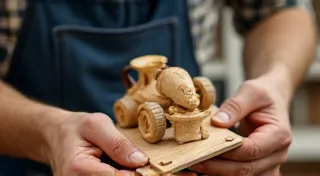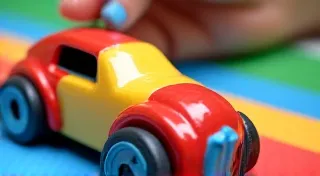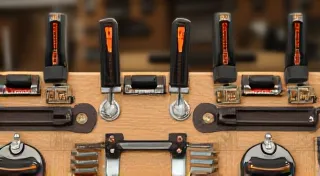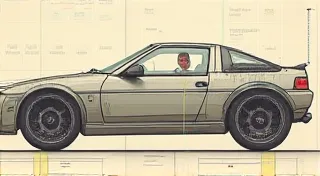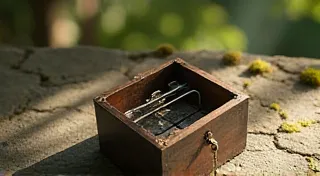Soap Box Car Building for Schools: A Team Project
Soap box car building isn’t just a fun hobby; it’s a fantastic way to introduce STEM concepts, teamwork, and creativity to students. Incorporating a soap box car building project into your school curriculum provides a unique and engaging learning experience. This guide offers ideas and practical advice for structuring a successful team project around building and racing these classic cars.
Why Soap Box Cars in Schools?
The benefits of a soap box car building project extend far beyond just building a car. It offers a tangible way to learn about:
- Physics: Understanding gravity, friction, aerodynamics, and momentum.
- Engineering: Applying design principles, problem-solving, and structural integrity.
- Mathematics: Calculating measurements, angles, and weights.
- Teamwork & Collaboration: Working together to achieve a common goal, sharing ideas, and resolving conflicts.
- Creativity & Design: Expressing individual style and innovation in the car’s appearance.
- Project Management: Planning, organizing, and managing time and resources effectively.
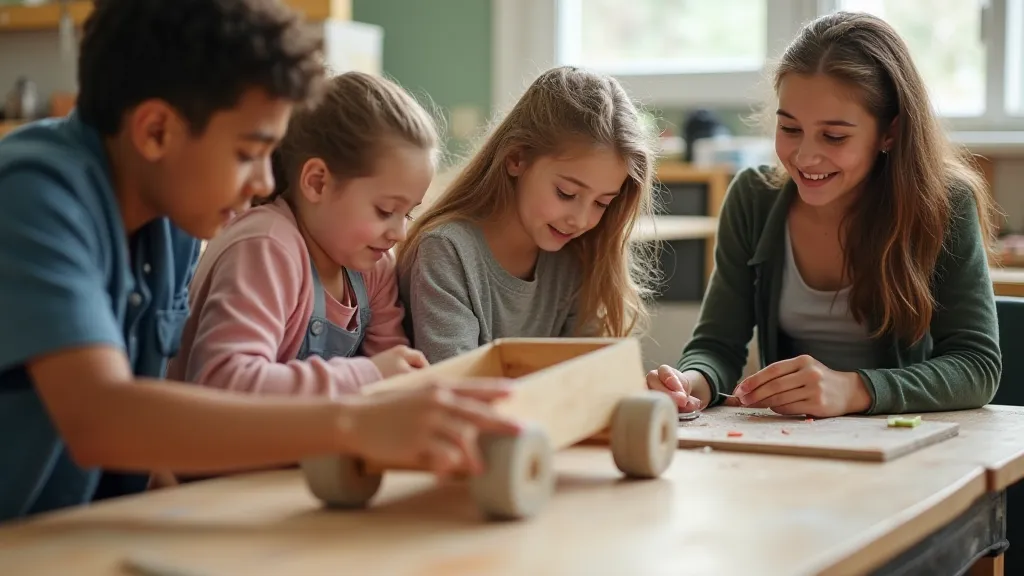
Planning Your Soap Box Car Project
1. Age Appropriateness & Curriculum Alignment: Tailor the complexity of the project to the age and skill level of your students. Younger students (grades 3-5) can focus on simpler designs and more guidance, while older students (grades 6-8) can take on more responsibility for the design and construction. Consider how design choices, like wheel size and body shape, will impact performance and how students can actively test and iterate on their designs. This iterative process is crucial for fostering a deeper understanding of engineering principles.
2. Team Formation: Divide students into teams of 3-5. This encourages collaboration and allows for specialization of roles (designer, builder, decorator, tester). Successful teams require clear communication and a shared understanding of the project goals. Encourage teams to establish roles and responsibilities upfront, and to regularly check in with each other to ensure everyone is on track.
3. Design Phase: Start with a basic design challenge. Provide limited resources (wood, fasteners, wheels) to encourage creative problem-solving. Focus on understanding the basic principles of a soap box car – a simple frame, wheels, and a braking mechanism. This is where students begin to visualize their final product and consider the aesthetic appeal – and this is an opportunity to explore how to really unleash their creativity when decorating your soap box car. Sketching, brainstorming, and preliminary calculations are essential components of this phase. Discussing factors such as weight distribution and aerodynamic efficiency at this stage can significantly impact the final product’s performance. It’s often beneficial to consider the challenges inherent in competition; this crucible of competition can foster resilience and a growth mindset.
4. Building Phase: Provide a safe and supervised workspace. Clearly outline safety rules regarding tools and materials. Supervise and guide students through the building process, emphasizing precision and accuracy. Proper use of tools and adherence to safety protocols are paramount. Provide demonstrations and hands-on assistance as needed. Encourage students to document their building process, noting challenges encountered and solutions implemented. This documentation can serve as a valuable resource for future projects.
5. Testing and Refinement: Allocate time for testing the cars. Encourage teams to identify weaknesses and make improvements. This iterative process is an important part of the engineering design cycle. Pay attention to the car's braking system, as its reliability is crucial for safety. If students are struggling to design an effective braking system, resources on braking systems for soap box cars can be extremely helpful. Thinking ahead, it's wise to consider how these creations will be moved; safe soap box car transportation is paramount.
6. Decoration & Customization: Allow teams to personalize their cars with paint, decals, and other decorative elements. This fosters creativity and allows students to express their individuality. Remember to emphasize that while aesthetics are important, they shouldn’t compromise functionality or safety.
7. Race Day! Organize a school-wide soap box car race to celebrate the students' hard work and achievements. This provides a fun and memorable conclusion to the project. Beyond the thrill of competition, race day provides an opportunity to observe the practical application of engineering principles and to appreciate the value of teamwork. The competitive environment, that crucible of competition, presents a valuable learning opportunity for students, fostering resilience and a growth mindset.
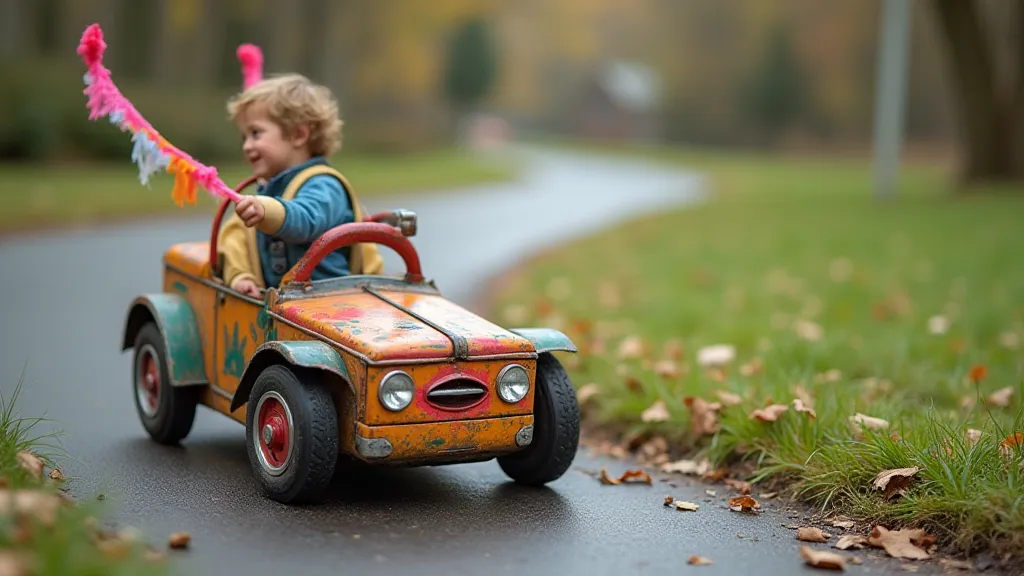
Essential Resources & Considerations
- Plans & Blueprints: Numerous free and paid soap box car plans are available online. Select a plan appropriate for your students' skill level. For teams with limited experience, consider providing pre-cut wood pieces or a simplified plan to ease the construction process.
- Materials: Wood (pine, plywood), wheels, axles, fasteners (screws, bolts), glue, paint. Consider the environmental impact of the materials chosen and explore options for sustainable sourcing.
- Tools: Saws, drills, screwdrivers, wrenches, measuring tapes, sanders. Ensure that students are properly trained in the safe operation of all tools.
- Safety Equipment: Safety glasses, gloves, dust masks. Make safety equipment mandatory and enforce its consistent use.
- Volunteer Support: Enlist the help of parents, teachers, or community members to provide supervision and guidance. Experienced volunteers can share valuable insights and expertise.
Adapting the Project
Consider these modifications to cater to diverse learning needs:
- Simplified Designs: For younger or less experienced students, provide pre-cut wood pieces or simpler plans. Focus on the fundamental principles of soap box car design rather than attempting complex modifications.
- Differentiated Roles: Assign roles based on student strengths and interests. Some students may excel at design, while others may be more comfortable with construction or decoration.
- Alternative Materials: Explore using recycled materials to promote sustainability. This can be a valuable lesson in resourcefulness and environmental responsibility.
- Focus on a Specific STEM Concept: Narrow the project's scope to focus on a particular engineering principle, like aerodynamics or friction. This allows for a more in-depth exploration of a specific area of study. It also adds another layer of challenge and excitement for the students as they put theory into practice.
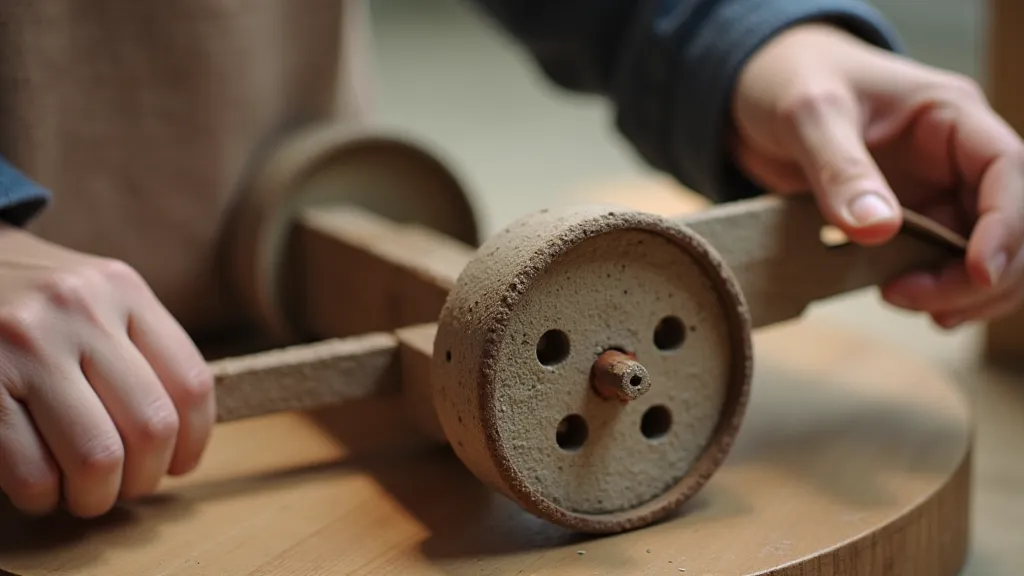
A soap box car building project provides a unique and rewarding opportunity to engage students in hands-on learning and foster essential skills for future success. Beyond the construction itself, consider the logistical challenges of safely transporting these creations. Information on how to transport your soap box car safely is key to ensuring everyone's safety and the preservation of their hard work. Thinking about the final event, the pressures experienced during the competition—the crucible of competition—can provide invaluable lessons about perseverance and handling adversity.
Furthermore, the crucible of competition, the pressure to perform well, is another opportunity for learning. This is the crucible of competition that will forge resilience and a growth mindset within your students.
By embracing teamwork, creativity, and a love for problem-solving, your students will build more than just a car – they’ll build valuable skills and memories. It's a fantastic way to spark an interest in STEM fields and encourage a lifelong love of learning. Consider integrating opportunities for students to document their experiences, reflecting on challenges overcome and lessons learned throughout the process. This documentation can serve as a powerful tool for showcasing their accomplishments and fostering a sense of pride in their work. And remember, even failures are valuable learning experiences; encourage students to view setbacks as opportunities to learn, adapt, and improve.
